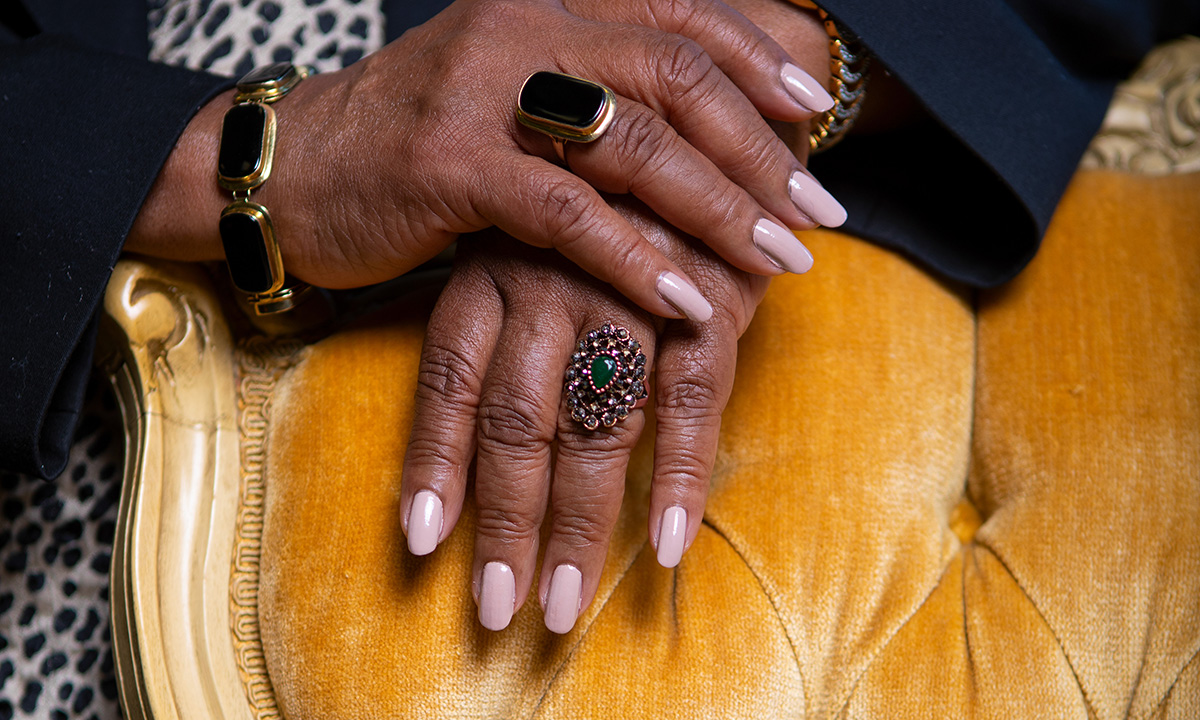- YouTube
- TikTok
Breaking Down Barriers
The journey to building cultural competence on campus and beyond
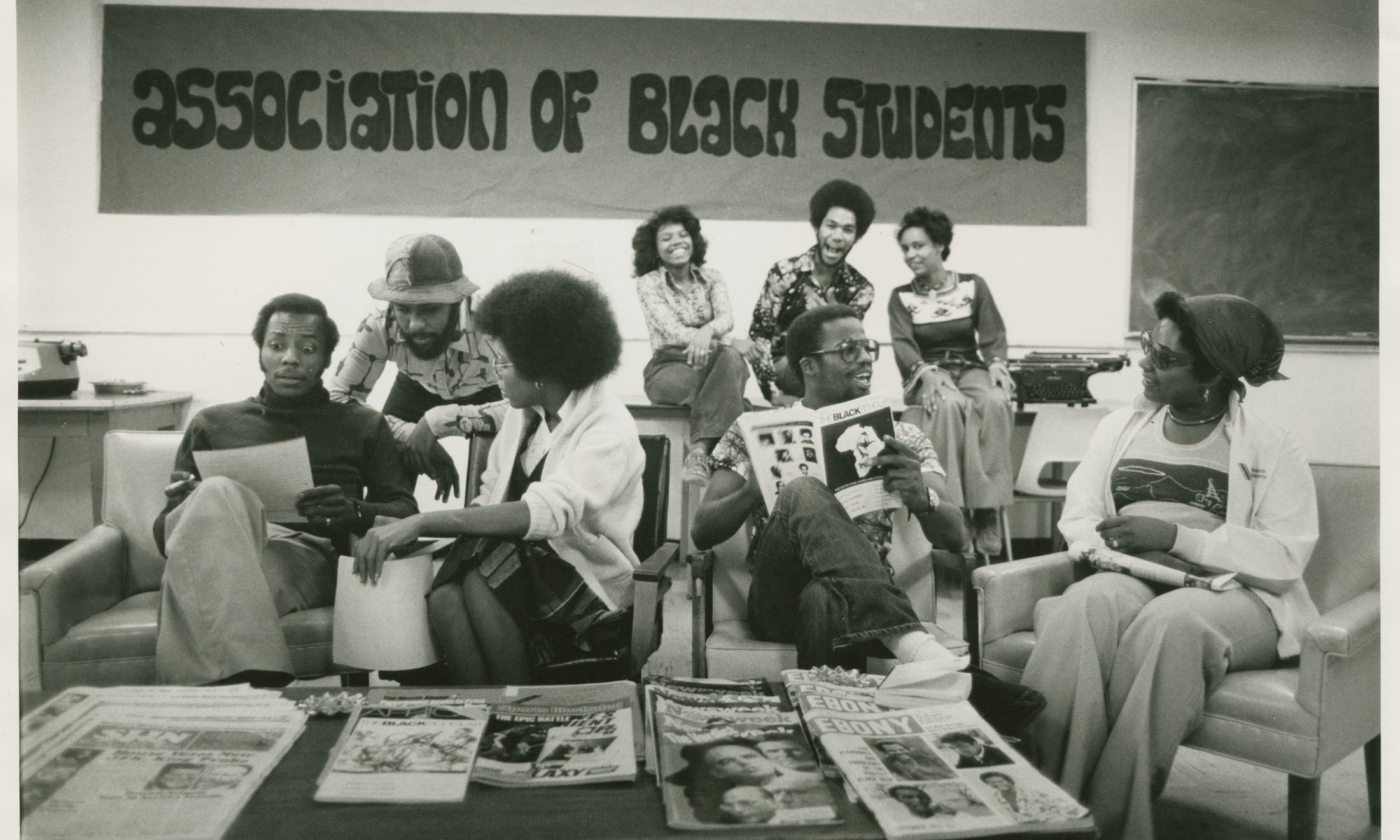
Photos provided by Oakland University Archives and Special Collections
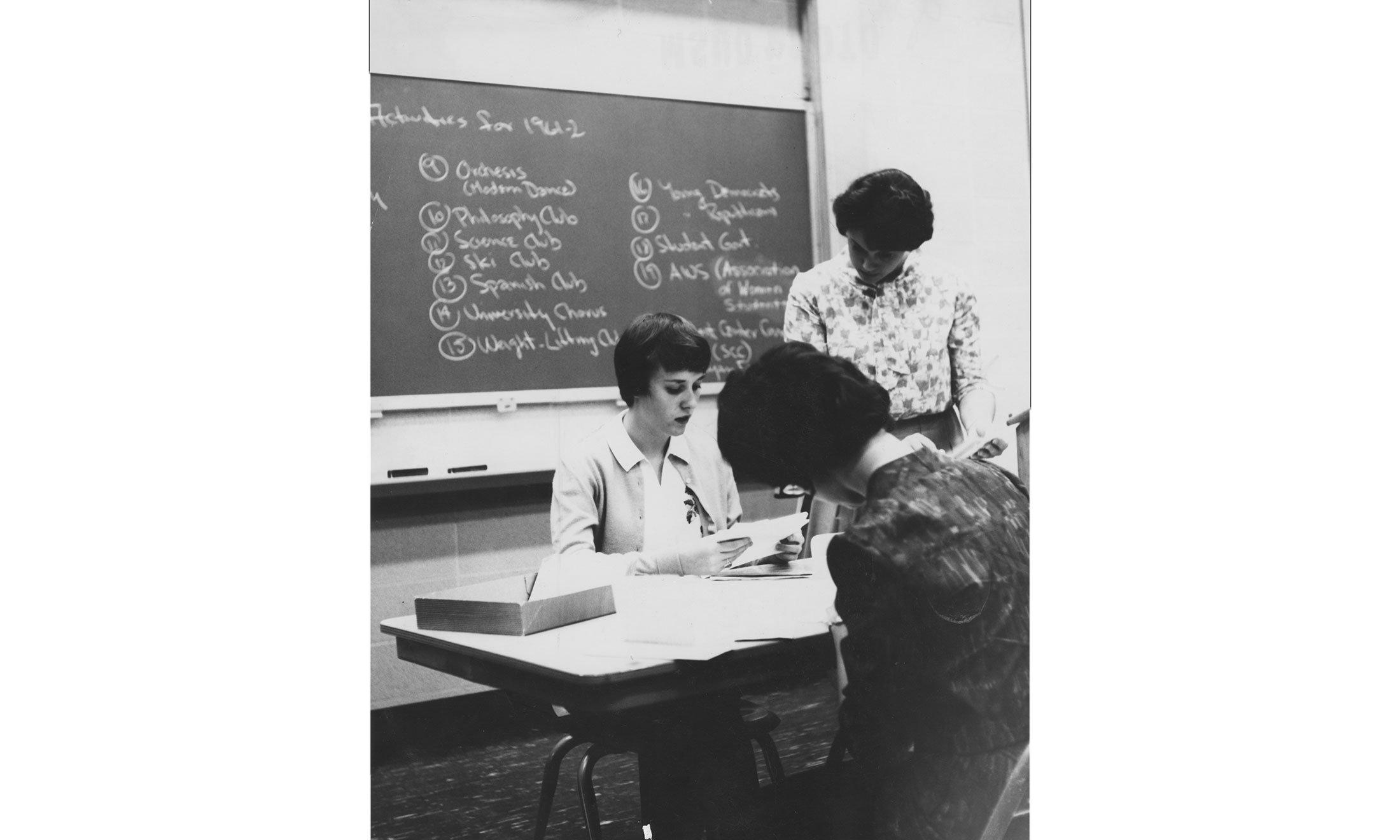
Photos provided by Oakland University Archives and Special Collections
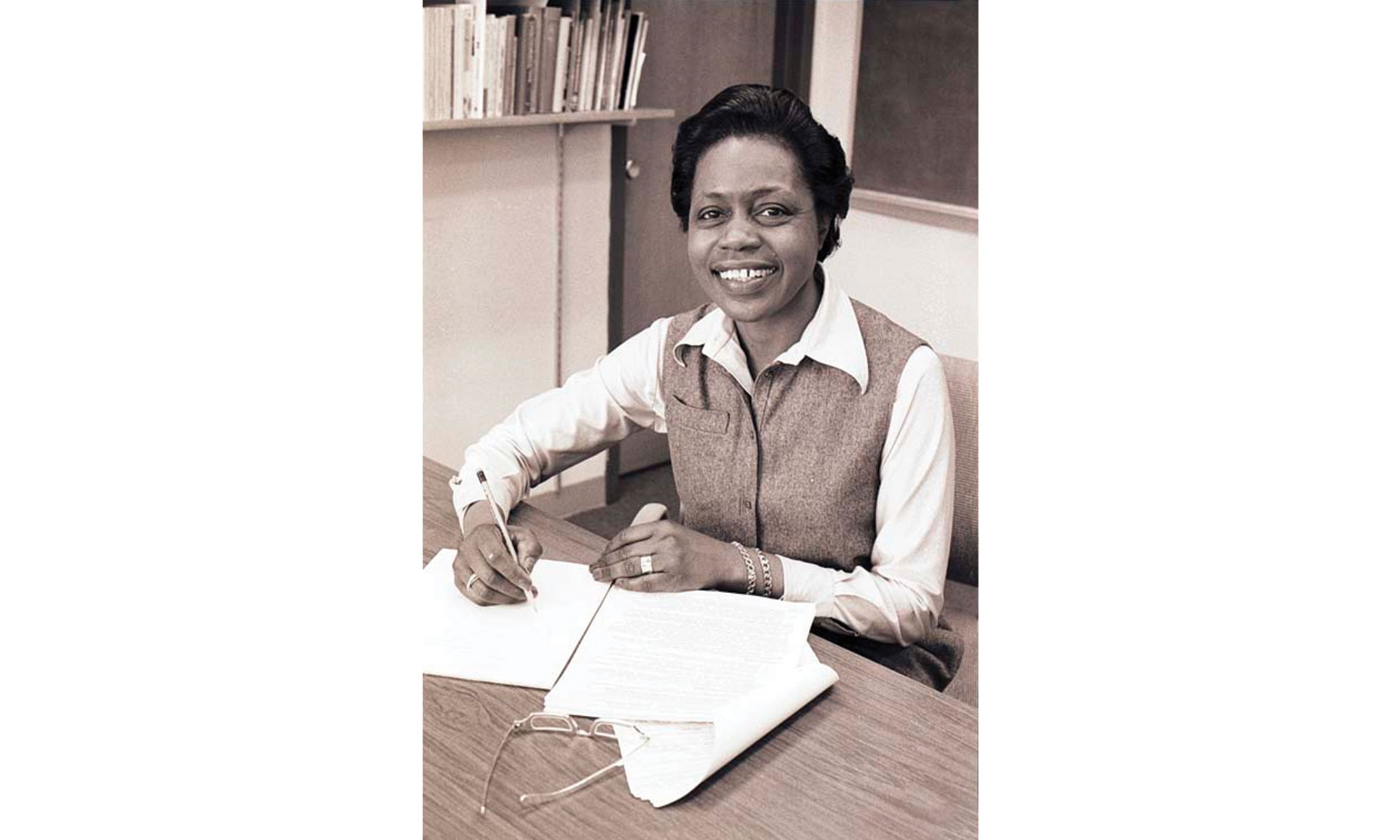
Photos provided by Oakland University Archives and Special Collections
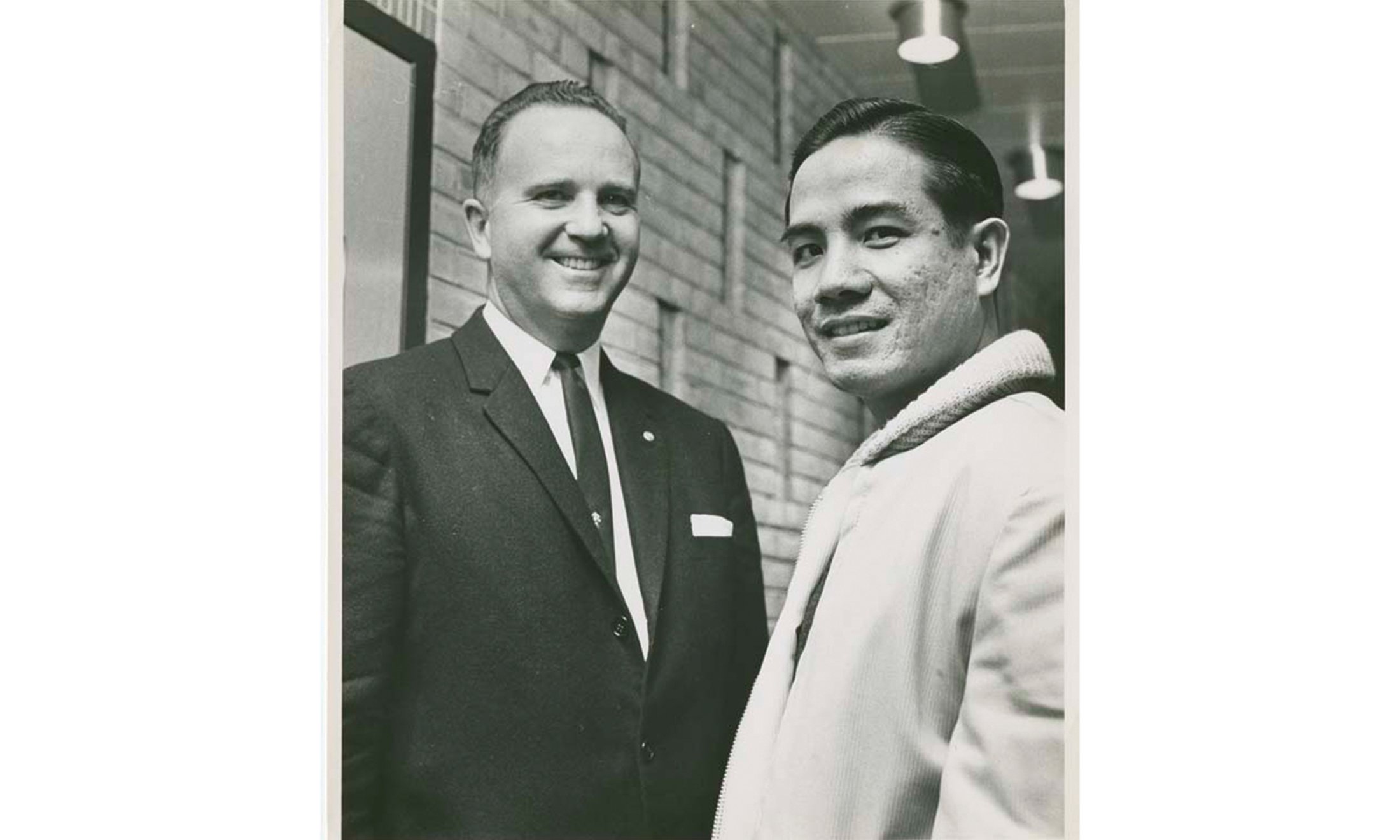
Photos provided by Oakland University Archives and Special Collections
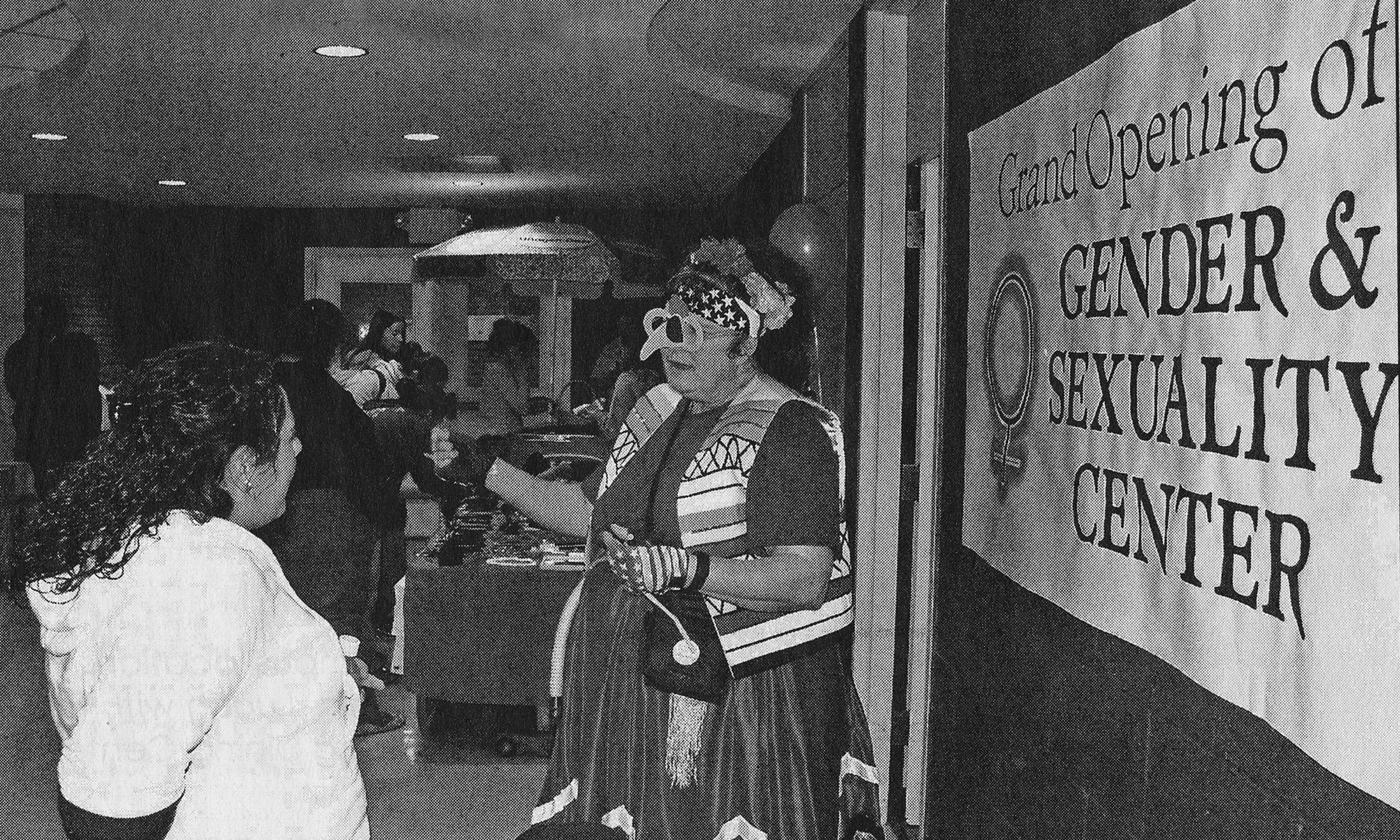
Photos provided by Oakland University Archives and Special Collections
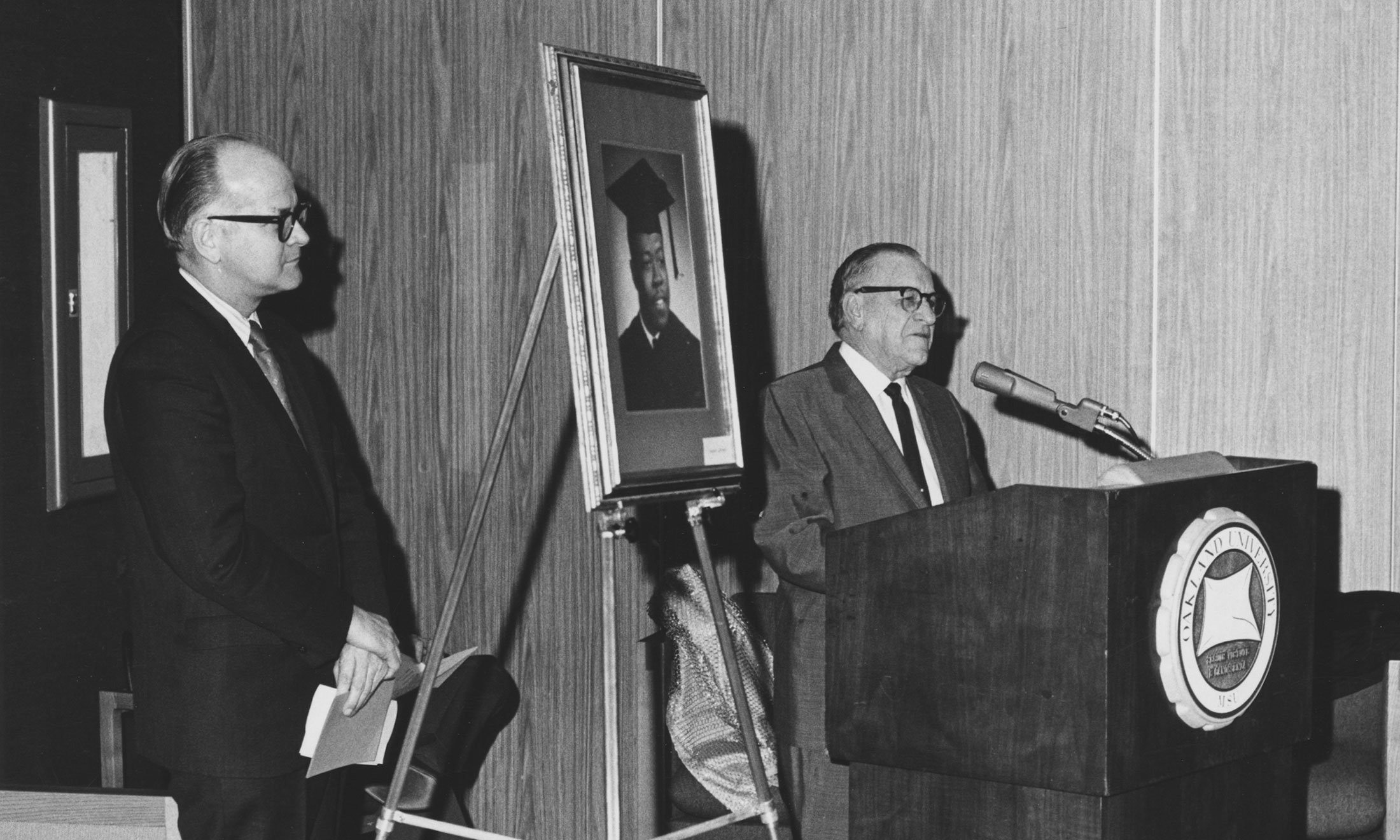
Photos provided by Oakland University Archives and Special Collections
Institutions of higher learning are not immune to the plight of cultural intolerance. But, as educators of tomorrow’s leaders, Oakland University is determined to confront implicit bias, teach acceptance and create a community of inclusivity. The university strives to “advance diversity, equity and inclusion in an environment of mutual trust and respect at all levels of the institution and facilitate opportunities and success for all community members,” as established in the Oakland University Strategic Plan, Goal Four. This drive to instill these principles in students, faculty, staff and community can be seen throughout OU’s existence.
When the university was founded in 1957 by Matilda Dodge Wilson, the Rochester area was rural, dominated by farmland. Two years later, Oakland’s first international student enrolled at the university, and leadership began recognizing the value of diversifying campus. In the early 60s, the university’s female population created the Associated Women Students of Michigan
State University–Oakland, which aimed to promote unity among female students and help develop qualities of leadership.
In 1968, the civil unrest of race relations spilled over on OU with the fatal shooting of Isaac Jones, Oakland’s first black student graduate, at a local gas station. Chancellor D.B. “Woody” Varner, along with his colleague Manuel Pierson, Ph.D., and other leaders on campus, began actively pursuing ways to offer support and greater opportunities on campus for underrepresented minorities.
“It is my hope for each of you,” Varner remarked at OU’s spring 1969 commencement, “... that as you move to positions of influence in the affairs of man, you will give a new and vital meaning to those words which have for too long been hollow rhetoric — the words justice, freedom, liberty, equality, human dignity. These must be the birthright and the property rights of all men, and to make this so is your high calling, your assignment, your mission above all others.”
As a result, the university hired more faculty and staff of color, as well as implemented an aggressive outreach effort to Pontiac and other underrepresented communities with robust recruitment and bridge programs. This helped pave the way for creating greater diversity and inclusivity on campus over the next several decades.
During the 70s, the International Students and Scholars Office was established, as well as the recognition of Hispanic heritage with the university’s first “La Raza Day,” bringing Latino high school students to campus. In the spring of 1983, OU had its inaugural Handicapped Awareness Week event, while the 90s paved the way for the LGB community with the inclusion of sexual orientation in the Equal Opportunity Policy for students. In 2006, the university honored the Asian-American community with a celebration to recognize the uniqueness of Asian cultures, including Russia, Pakistan, India and Afghanistan. In the 2010s, the Center for Multicultural Initiatives began a new program — Collectively Oakland Retains Everyone (CORE) — to help first-year working-class and other minority students succeed at Oakland University.
“As evidenced by President Pescovitz’s action to establish diversity, equity and inclusion as a strategic goal for the university,” says Glenn McIntosh, vice president for student affairs and chief diversity officer, “it is recognized that cultivating all types of diversity and demonstrating inclusion is essential to exemplifying the mission and values of our campus community. We continue to make visible and measurable progress.”
McIntosh has been with the university for more than two decades, and recalls a variety of points of pride in OU’s commitment to building cultural competence:
- The Center for Multicultural Initiatives (CMI) — formerly the Office of Minority Equity — was established in 1994. McIntosh was the first full-time director.
- The national award-winning Oakland University Trustee Academic Success (OUTAS) program was established in 1995.
- In 2005, the Gender and Sexuality Center (GSC) was opened. Since then, a number of accomplishments, such as same-sex benefits, became a realization.
- OU has been rated the overall most LGBTQ-friendly university in Michigan by the Campus Pride Index. And, in 2018, the GSC office space was renovated and expanded.
- The Veterans Support Services (VSS) office was established in 2009. In 2018, the office received a new location with greater resources to meet student veterans needs.
- Oakland has been deemed a “Military Friendly School” for six consecutive years, moving up to gold status last year.
- The number of underrepresented minority students (URMs), particularly African American and Hispanic, have significantly increased over the past decade. Additionally, the achievement gap has decreased from 30 percent to 11 percent.
- The number of minority faculty has increased, and a provost diversity faculty fellow position and a post-doctorate fellowship program were created.
- The university is actively supporting underrepresented minorities and underrepresented groups through employee resource groups.
- Individuals with disabilities continue to be a major focus. OU has made campus facilities to accommodate students with mobility challenges, addressed restroom accessibility challenges and enhanced exam proctoring services.
Moving forward, McIntosh seeks to build upon these programs and establish more collaborative, University-wide efforts in support of gender, race, religion, thought, ethnicity, sexual orientation, veteran status, and persons with disabilities.
Discover more about the Office of Diversity, Equity and Inclusion.


 June 22, 2020
June 22, 2020